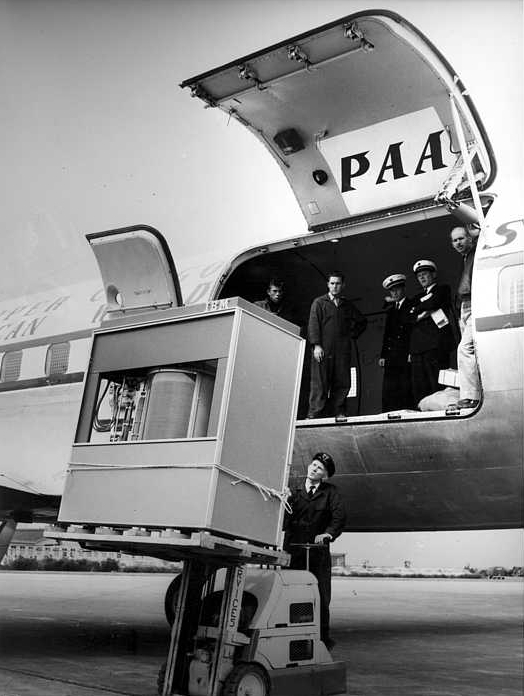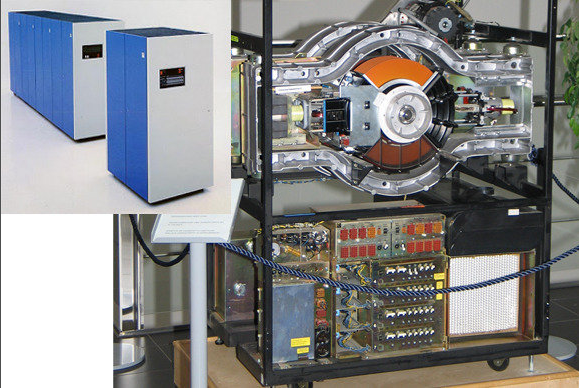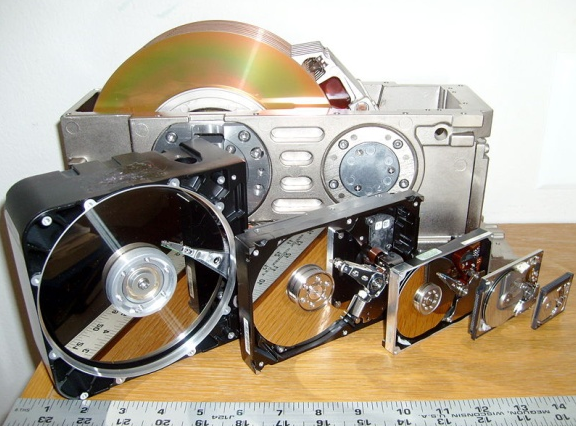You all know what a hard disk drive (HDD) is, right? Nowadays, we are so used to the whirrs and grinds of these shiny metallic platter enclosures inside our computers that we forget how far they've come.
From room-sized behemoths that weighed like a house to today's pocket-sized wonders, the evolution of this storage medium is fascinating. Join us as we take a brief look back to the HDD's not-so-humble beginnings and the leaps it made along the way.
The first hard disk drive was the IBM Model 350 Disk Storage Unit and it was introduced on September 4, 1956. Fully assembled, the 350 was fridge-like in size at 60-inches long, 68-inches high, 29-inches wide and it weighed a ton.
In 1958, for added space, the 350 was made expandable with another 350 unit, doubling the capacity to 10 MB. For perspective, that's enough space for one 40-page PDF document.
1 GB hard drive
The price tag of this hard disk drive was quite steep - a fully featured one was available for $142,000 and that doesn't even include the mainframe computer it needed.
The dawn of the consumer hard drives
The Seagate ST-506 was priced at $1,500 and had a capacity of 5MB. Compared to the earlier fridge-sized IBM hard disk drives, the ST-560 was petite at 5.25 inches.
How times have changed
Currently, 4 terabyte HDDs are the norm and the largest consumer HDDs could hold up to 16 TB.
Wow!
Inversely proportional to the increasing capacity of HDDs is their cost. In 1956, one MB costs about $10,000. Today, one MB is 0.00003 cents (yep, that's four zeroes after the decimal point.)
With that said, we might be saying goodbye to the traditional platter HDDs in a few years. Solid-state hard drives (SSD) are gaining popularity and replacing conventional HDDs as the default storage for computers.
In fact, the SSD adoption rate by laptop makers is set to exceed 30 percent by the end of 2016 and may even reach 50 percent by 2018. Right now, you could purchase a 120 GB SSD under $50 and even a 1 TB SSD in the $200 to $250 range. If you have been planning on swapping your hard drive for an SSD, the current prices may be affordable enough for you to finally pull the trigger.






















